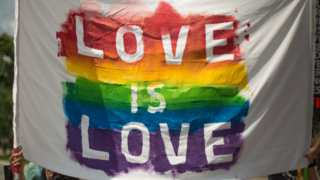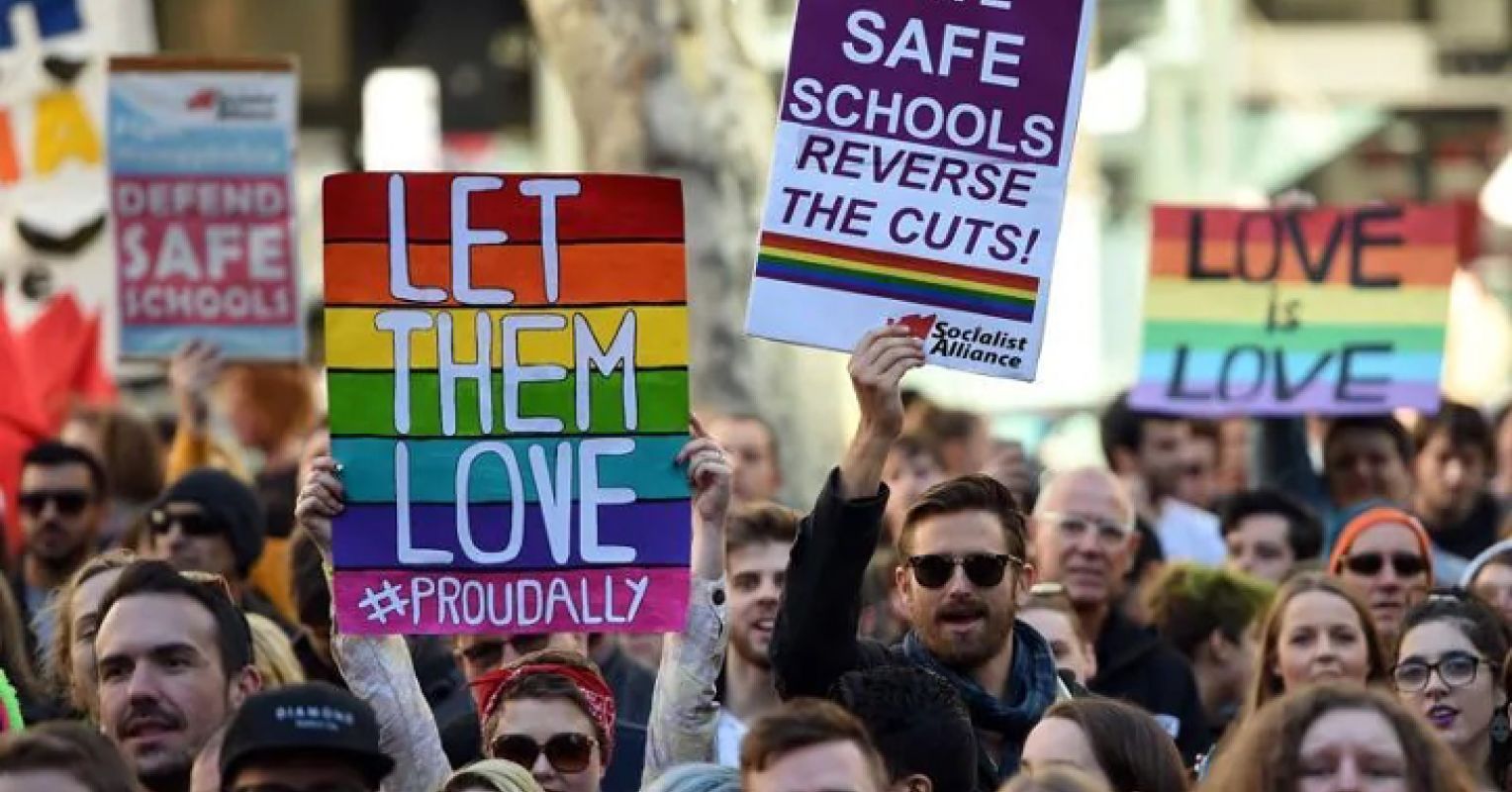“Do they have an extra penis? Do they sell children? Homosexuality is not natural!
In 2018, Indian lawmakers revoked the controversial Section 377 of the Indian Penal Code decriminalizing homosexuality in the country. However, common-sense questions and remarks about the non-heterosexual population in India are still often guided by extreme homophobia, social taboo and a lack of awareness of different sexual orientations. Despite the Indian Psychiatric Society’s clear statements that homosexuality is not a mental disorder, one could easily find lingering homophobia in everyday speeches, movies and Youtube videos popular in India.
It is important to note here that this rejection and denunciation of non-hetero sexualities is not limited to non-WEIRD (non-Western, educated, industrialized, wealthy and democratic) countries like India. Social taboo, denial, negative behaviors, discrimination, and public shame are some of the potential reasons for hiding one’s sexuality in WEIRD countries like the United States as well. Therefore, the exact population of LGBTQ+ people is still unknown, and there are substantial variations in estimates of the prevalence of the LGBTQ+ population in India as well as the United States.
According to a recent global LGBTQ+ Pride online survey conducted in 27 countries, nearly 3% of respondents identified as homosexual, gay or lesbian, while 4% identified as bisexual. Additionally, 1% identified as pansexual or omnisexual. In India, when asked “What best describes your sexual orientation”, almost 9% identified as bisexual, 3% mentioned that they were only attracted to people from same sex and 17% said they were primarily attracted to the same sex. By contrast, in the United States, nearly 5% identified as bisexual, 5% said they were only attracted to people of the same sex, and 13% said they were primarily attracted to the same sex. sex.
Extreme and continuous bullying
Given the increasing visibility of the LGBTQ+ population in recent years, education is becoming one of the most important means of sexual awareness and inclusion among students from an early age. However, various media reports highlight the extreme and ongoing harassment of LGBTQ+ people in the Indian education system (Bhattacharya, 2018; Babbar, 2020). For example, recently a young boy from Delhi was continuously bullied and sexually exploited by some boys in his school simply because of his girlish behavior. Despite his multiple complaints to the faculty of the school, no strict action was taken by the school management, which ultimately led him to commit suicide (Mehra, 2022). Additionally, a 2019 UNESCO report suggests that 60% of LGBTQ+ students experience bullying in middle or high school. Forty-three percent have been sexually assaulted and 33 percent drop out due to continued bullying in Indian schools.
Education is one of the main ways to raise awareness for the LGBTQ+ population
Source: Sharon McCutcheon/Pexels
Stories of bullying, sexual violence and ongoing sexual trauma are not limited to non-WEIRD countries alone. Extensive research suggests that students belonging to the LGBTQ+ population are at a much higher risk of violence than non-LGBTQ+ students in the American education system. The rampant bullying and violence against LGBTQ+ students around the world raises questions about whether schools are aware of blind spots in terms of student sexuality and safety. Do our schools and education system provide enough training for teachers and students to accept and include a multiplicity of students of different sexual orientations?
However, school is central to how one sees the world and where primary socialization takes place. The stories of LGBTQ+ students facing harassment, not just from their peers but also from school authorities, show how important it is to start imagining what it would be like to have an inclusive education. For this, it is important to take stock of how gender and sexuality are taught in schools. Then, it is also essential to consider the impact this has on children in the LGBTQ+ community.

It is important to start envisioning a future with inclusive education.
Source: 42 North/Pexels
gender in textbooks
Previous research on social studies textbooks shows how textbook writing staff are made up of far fewer women than men, which invariably impacts the mention of male and female illustrations and names used in textbook stories. For example, the study shows that while discussing the Indian freedom struggle, most Indian social science textbooks fail to illustrate the journey of women freedom fighters, highlighting how they are seen as secondary rather than an equal part in shaping history.
A study on gender representation in Indian textbooks further highlights how implicit notions are conveyed through gender representation in these books, where not only LGBTQ+ students, even women do not find meaningful space. The author has highlighted data on the representation of men and women through professional status, symbolizing certain traits that reinforce stereotypes of men and women. The existence of such differences and their impact further highlights how patriarchal norms are reinforced through textbooks, in various forms such as illustrations, among others. It impacts those who read these manuals because it implicitly shapes how one understands gender roles and identities.
In India, both public and private institutions are subject to the University Grants Commission’s Anti-Ragging Regulations 2009, which prohibit same-sex assault after the 12th standard. College-level courses follow Saksham’s recommendations for gender workshops, but there are currently no rules in the school system that help protect students who are marginalized because of their sexuality. The United States has passed several state anti-bullying laws and policies: introducing LGBTQ-inclusive education, adopting same-sex civil unions, and allowing transgender people to change their legal sex without any medical or state intervention, protection against discrimination in under Title IX in the Educational Amendments. However, a report by GLSEN (Gay, Lesbian, and Straight Education Network) shows how most of these US policies and laws fail to protect LGBTQ+ student populations. As a result, many LGBTQ+ students remain subject to victimization, conversion therapy, dropout, poor academic performance, shame, and sexual abuse in both WEIRD and non-WEIRD countries.
Essential readings for education
Given the high rates of violence, homophobia and prejudice against sexual minorities in the education system, it is time for our students as well as school management and teachers to be made aware of gender pronouns and the need to respect the different sexual minorities. An inclusive curriculum and more stories around sexual minorities during the teaching-learning process could be a starting point to make educational institutions more inclusive towards sexual minorities.
This post was written by Namrata Shokeen and Shivani Chunekar. Namrata Shokeen is a research author in the Department of Sociology, Monk Prayogshala; Shivani Chunekar is a junior research assistant in the Department of Sociology, Monk Prayogshala.

